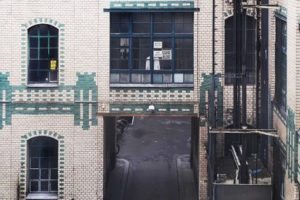
WHERE AND WHEN? Lausitzer Strasse 10-11, Kreuzberg, Berlin, Germany. 2019-2021 WHAT’S GOING ON? Similarly to other cases in the district, the Lause is being threatened by the possibility of an unaffordable rent increase due to the intention of the owner to sell the building to the highest bidder, by around 20 million euros – an […]

Since 2014, in the heart of the Giardini Margherita park in the city of Bologna 500 m² of abandoned greenhouses and 3000 m² of open-air area have been the subject of an incremental regeneration process that has given rise to Le Serre dei Giardini, a veritable ‘nursery’ of ideas: here desirable, sustainable and inclusive futures are brought closer to people through the realisation of tangible projects that propose a rethinking of the relationship between urban space, human beings and the natural environment.